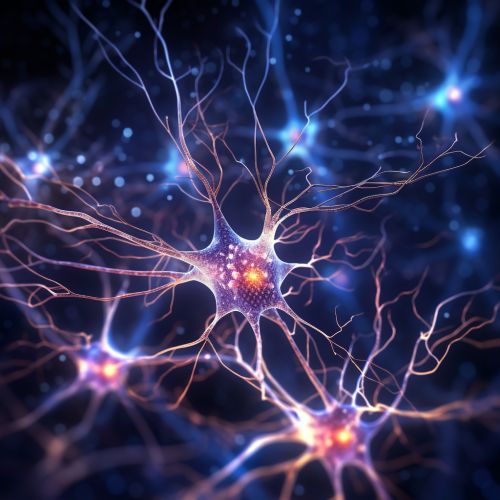Axonal Sprouting
Introduction
Axonal sprouting, also known as neuronal sprouting, is a process where axons form new branches and synapses to communicate with other neurons. This process is crucial in the development of the nervous system and in the brain's ability to adapt and repair itself.
Biological Mechanism
The process of axonal sprouting involves the growth of new axons from neurons. These new axons then form synapses with other neurons, thereby increasing the complexity and connectivity of the neural network. This process is driven by a variety of molecular and cellular mechanisms, including the activity of growth factors such as nerve growth factor (NGF) and brain-derived neurotrophic factor (BDNF).


Role in Neural Plasticity
Axonal sprouting plays a key role in neural plasticity, the ability of the brain to change and adapt in response to new experiences, learning, and injury. By forming new connections between neurons, axonal sprouting can help to strengthen existing neural pathways and create new ones. This is particularly important in the context of learning and memory, where the formation of new synapses can lead to the strengthening of memory traces.
Role in Neurological Disorders
In addition to its role in normal brain function, axonal sprouting has also been implicated in a number of neurological disorders. For example, in conditions such as epilepsy, aberrant axonal sprouting can lead to the formation of abnormal neural circuits, contributing to the occurrence of seizures. Similarly, in neurodegenerative diseases such as Alzheimer's, the loss of neurons can trigger compensatory axonal sprouting, which can in turn exacerbate the disease process.
Therapeutic Potential
Given its role in neural plasticity and disease, axonal sprouting has been explored as a potential therapeutic target. For instance, strategies aimed at promoting axonal sprouting could potentially be used to enhance recovery after neurological injury, such as stroke or spinal cord injury. Conversely, strategies aimed at inhibiting aberrant axonal sprouting could potentially be used to treat conditions such as epilepsy.
